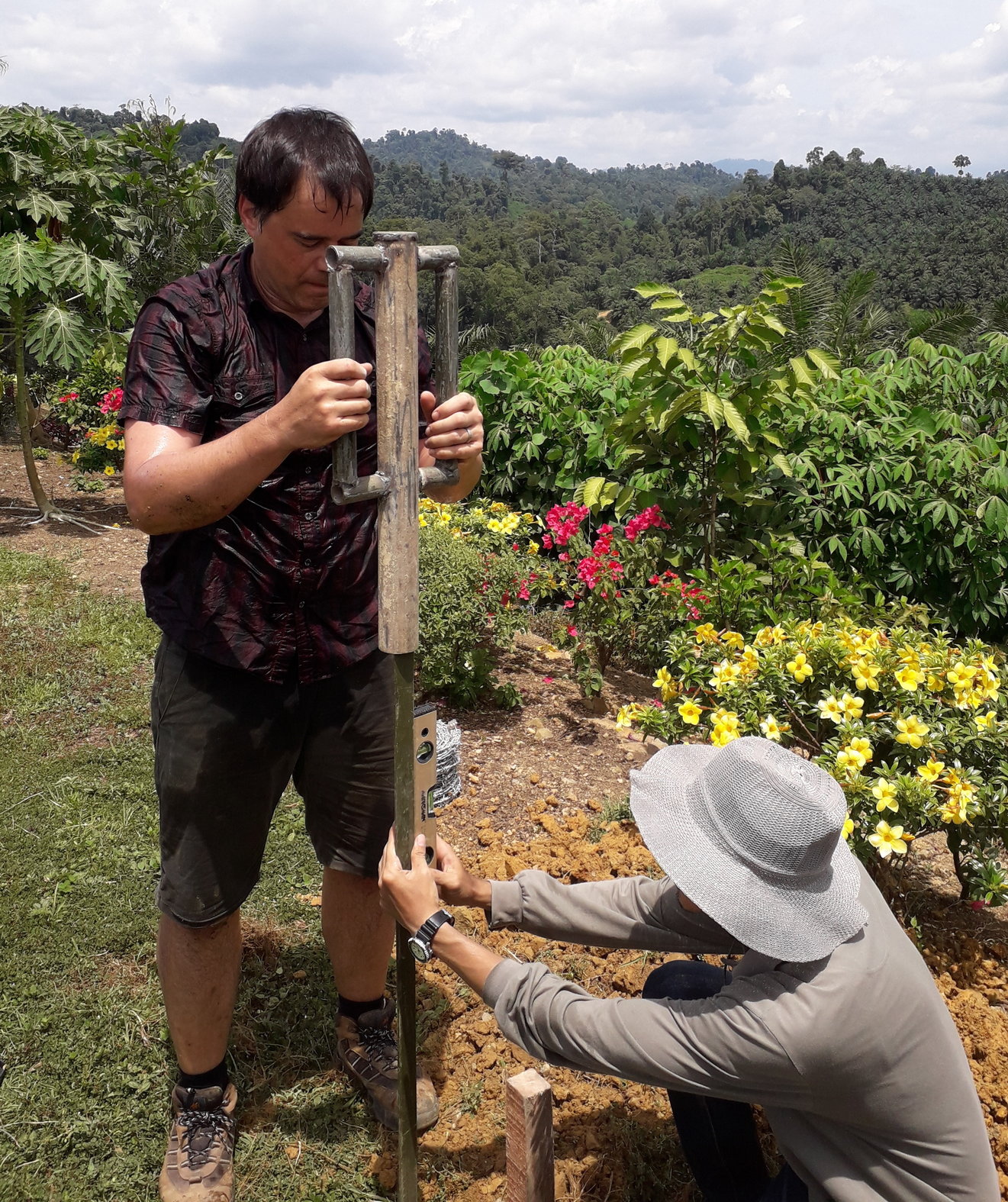
Nick Rawlinson is the BP Foundation McKenzie Professor of Earth Sciences at Bullard Labs. He completed a PhD in geophysics at Monash University (Asutralia) in 2001, and then spent 12 years at the Research School of Earth Sciences, The Australian National University, where he worked on imaging the structure of the Australian lithosphere and developing novel wavefront propagation and inversion methods. In 2013 he became chair of Geophysics at the University of Aberdeen, before taking up his current position at the University of Cambridge. His current research focus is on the tectonic evolution of Southeast Asia, earthquake hazard, and seismic imaging across a range of scales.
Goals: My goal with nBOSS is to work with my students, postdocs and collaborators at the University of Aberdeen and University of Malaysia, Sabah, to better understand how North Borneo formed, and how its surface features are related to recent tectonic processes, including subduction termination. I am also interested in the seismicity in the neighbourhood of Mt. Kinabalu, which may be related to orogen collapse.

Dr. Felix Tongkul is Professor of Geology at the Faculty of Sciences and Natural Resources at Universiti Malaysia Sabah. He is also a Fellow of the Malaysian Academy of Sciences. Felix holds a BSc and PhD in Geology from Universiti Kebangsaan Malaysia (1983) and University of London (1987), respectively. For the past 35 years he has been doing research on the geological evolution of Sabah and Sarawak. Since 1996 he has been involved in research related to promotion of geological and landscape heritage for geotourism in Sabah. Lately, he has been actively involved in geological hazards studies, such as earthquake, tsunami, landslides and floods in Sabah. He is currently the Director of the Natural Disaster Research Centre (NDRC) at Universiti Malaysia Sabah.

Dr David Cornwell is a Lecturer in Geophysics at the University of Aberdeen whose research is primarily focused on seismologically imaging tectonic plate boundaries. He has been PI of an industry-funded project to image the crustal structure beneath the Faroe Islands and Co-I of a large NERC-funded project to image the lower crust beneath the North Anatolian Fault in Turkey. He used receiver functions and shear-wave splitting along with gravity data to image magmatic effects on the crust and mantle of the East African Rift in Ethiopia and the North Atlantic margin in the Faroe Islands. He has extensive experience of passive and controlled source seismic fieldwork and has previously used GPS and seismological equipment from the NERC Geophysical Equipment Facility.
Goals: I am excited to collect and process seismological data in a tectonically interesting region to image the final stages of subduction in unprecedented detail to uncover the driving forces and key processes at play. Along with assisting with the field campaign (including loaning 9 of Aberdeen’s seismometers) and interpreting the results in terms of the broader tectonics, I will mainly contribute to constraining the first-order structure of the crust and upper mantle beneath Sabah using receiver functions.

Amy is currently a Royal Astronomical Society Research Fellow at the University of Aberdeen. Prior to arriving at Aberdeen I worked at Imperial College London. There my research focused on the seismic structure of the lithosphere in Eastern Canada and I was involved in the QM-III project (Québec-Maine across three sutures). My PhD research at the University of Cambridge imaged the structure of the crust and upper mantle in central Asia, with a particular focus on intracontinental deformation taking place in the Kyrgyz Tien Shan and deformation related to the India-Eurasia collision in the Western Himalayas and Western Tibet.
Goals: I am interested in using seismic data to understand tectonic processes that are happening on Earth today, and how these have evolved over geological history. In my work, I use a variety of passive seismic imaging techniques, including receiver functions, surface waves and shear-wave splitting to develop models of the crust and mantle, which can then be interpreted in light of tectonic processes that or, or have, taken place. I use these models to help understand the tectonics in the region and potential seismic hazard.
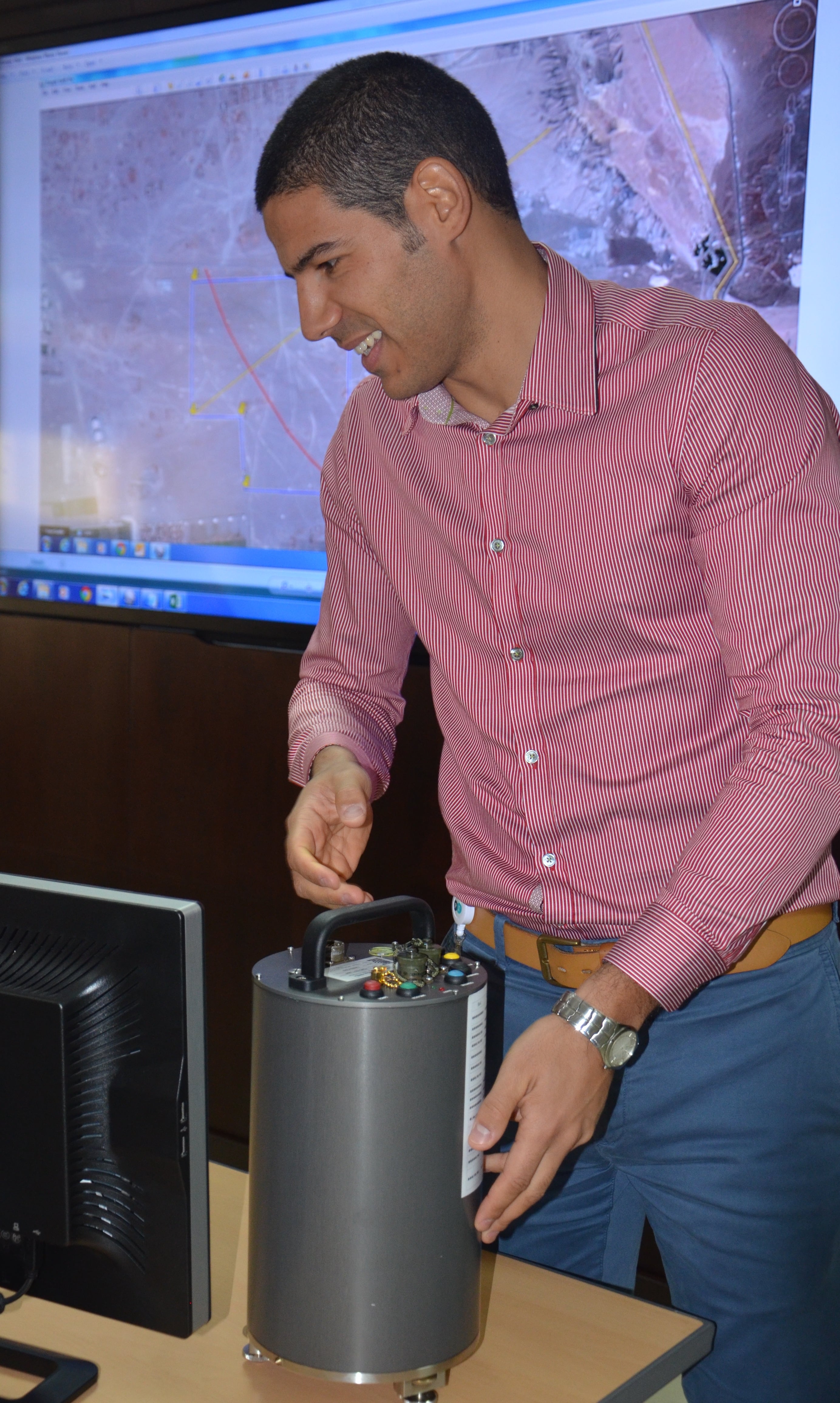
Simone hails from Sardinia (Italy), where he completed his BSc in Geology. After completing an MSc in Exploration Geophysics he embarked on a PhD at the Australian National University, working on ambient seismic noise tomography of southeastern Australia. He then moved to Abu Dhabi (UAE) to study the deep structure of the Semail ophiolite and its foreland basins. In 2018 he was awarded both a NERC Industrial Independent fellowship (Guralp industrial partner) and a Marie-Curie fellowship to work on the nBOSS project while in Cambridge. He is now a Marie-Curie independent fellow.
Goals: my aim with the nBOSS project is to understand how the lithosphere of northern Borneo has evolved in its post-subduction setting by using passive seismic imaging, geodynamic modelling and geological syntheses to explain how deformation and surface topography has developed since subduction ceased. Crust will be constrained using ambient noise tomography, while teleseismic tomography of P- and S-wave residual times will provide insights into mantle structure. The results will then be integrated into numerical simulations.
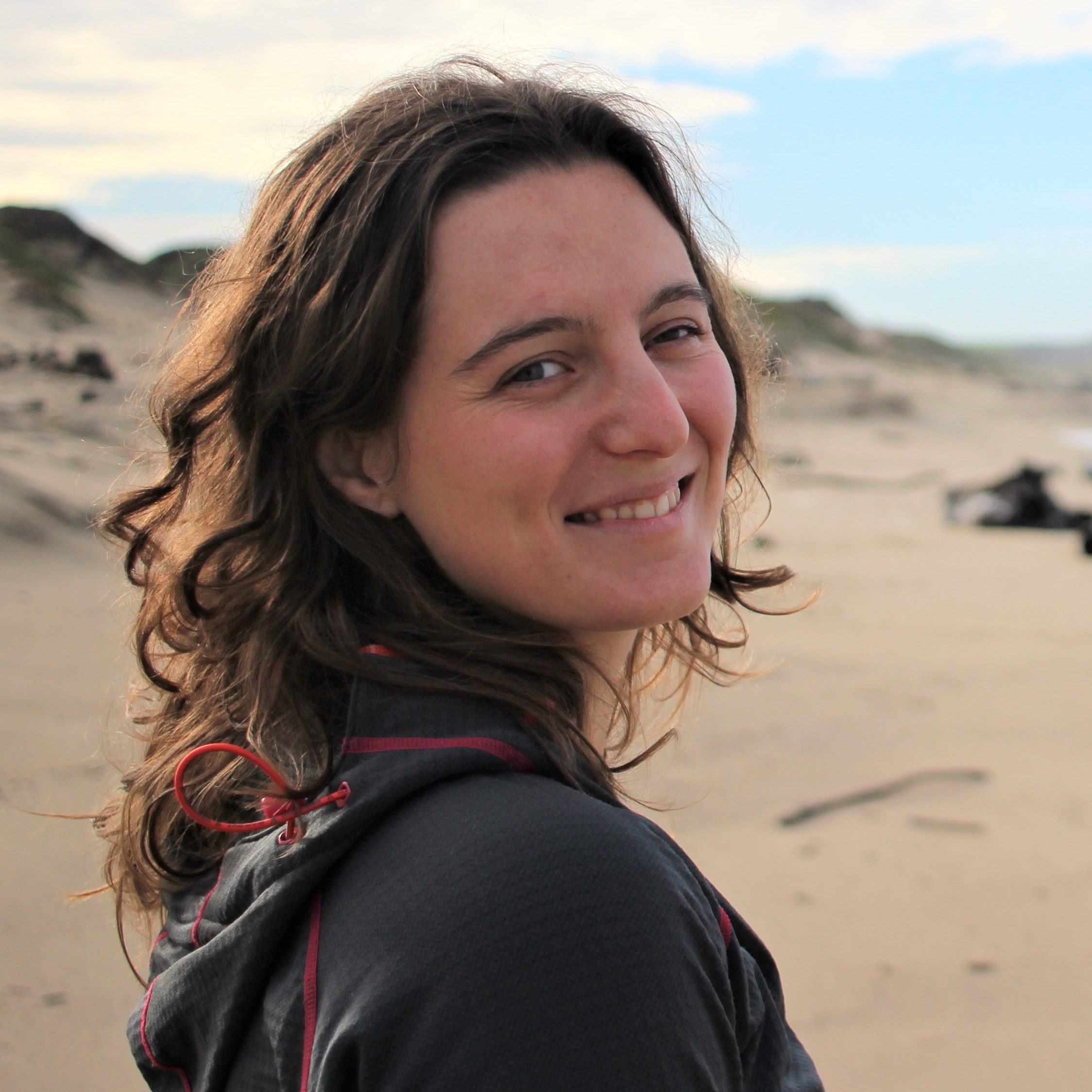
Nienke studies the Earth’s upper mantle using waveform tomography. She is interested in developing and improving imaging methods using state-of-the-art 3-D wave propagation simulations on high performance computing systems. She did her PhD at Utrecht University between 2013-2017, working with Andreas Fichtner (ETH Zurich) on imaging density as an independent parameter. Previously, during her Masters programme, she also worked with Arwen Deuss (then at the University of Cambridge, now in Utrecht) on the seismic structure of the Earth’s inner core.
Goals: I hope to further develop and apply waveform imaging methods in order to jointly image the crust and upper mantle in South-East Asia on the large scale (working together with Deborah Wehner) as well as north Borneo specifically.
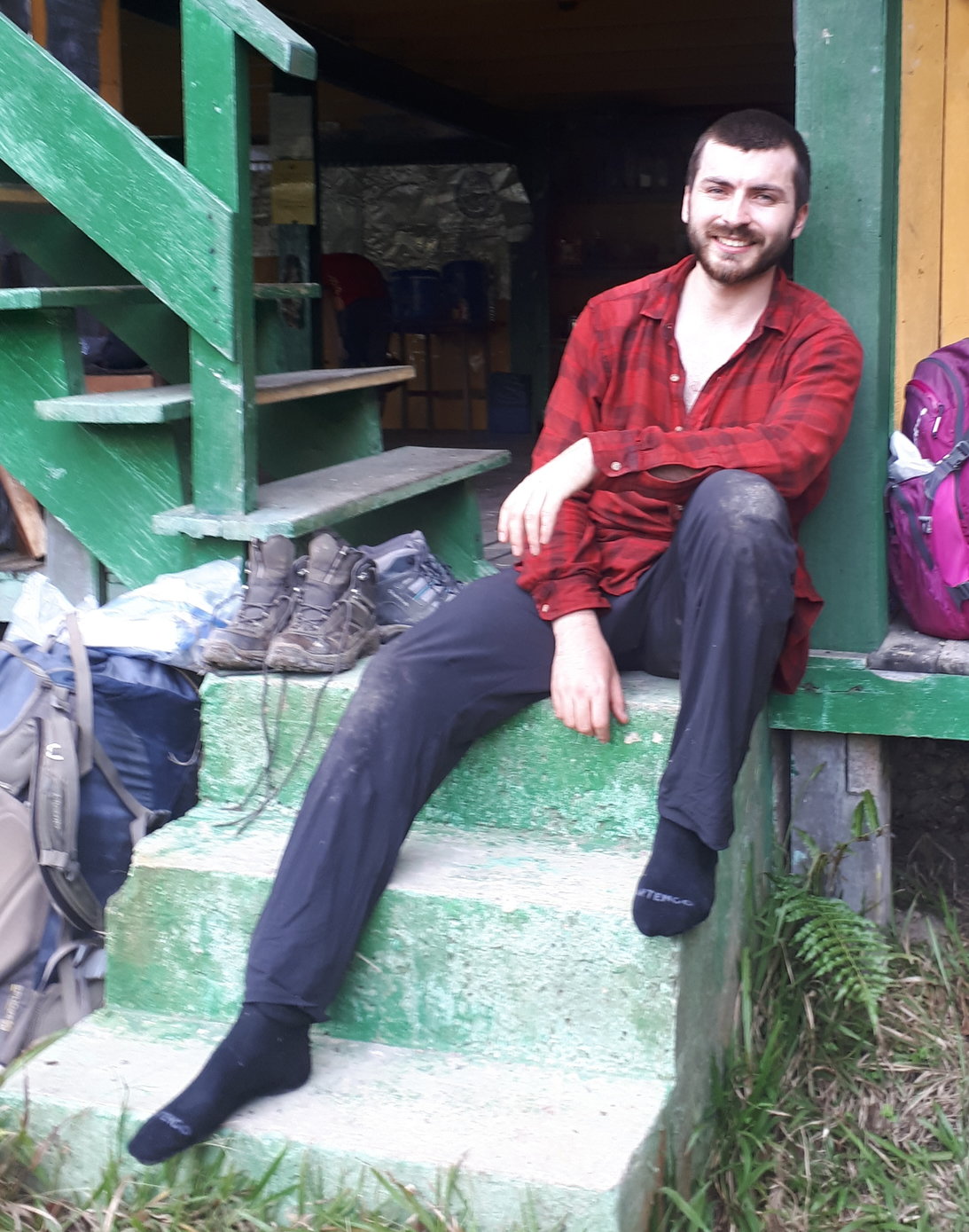
Conor started his PhD in 2017, having completed a BA and MSci in physics at the University of Cambridge. He was part of the team that deployed the nBOSS network across Sabah in March 2018, and has also taken an active part in fieldwork and research in Iceland, working with the Cambridge Volcano Seismology group. Through this work he has developed an interest in microseismicity and what it can reveal about tectonic stress and the structure of the crust.
Goals: I hope to take the techniques I have learned and developed from my work looking at microseismicity related to volcanism in Iceland and apply them to the nBOSS dataset. My first aim is to study the seismicity related to the potential orogen collapse of Mt. Kinabalu. I am also generally interested in deep subduction zone seismicity and using observations of seismic anisotropy to inform our understanding of large-scale mantle dynamics.
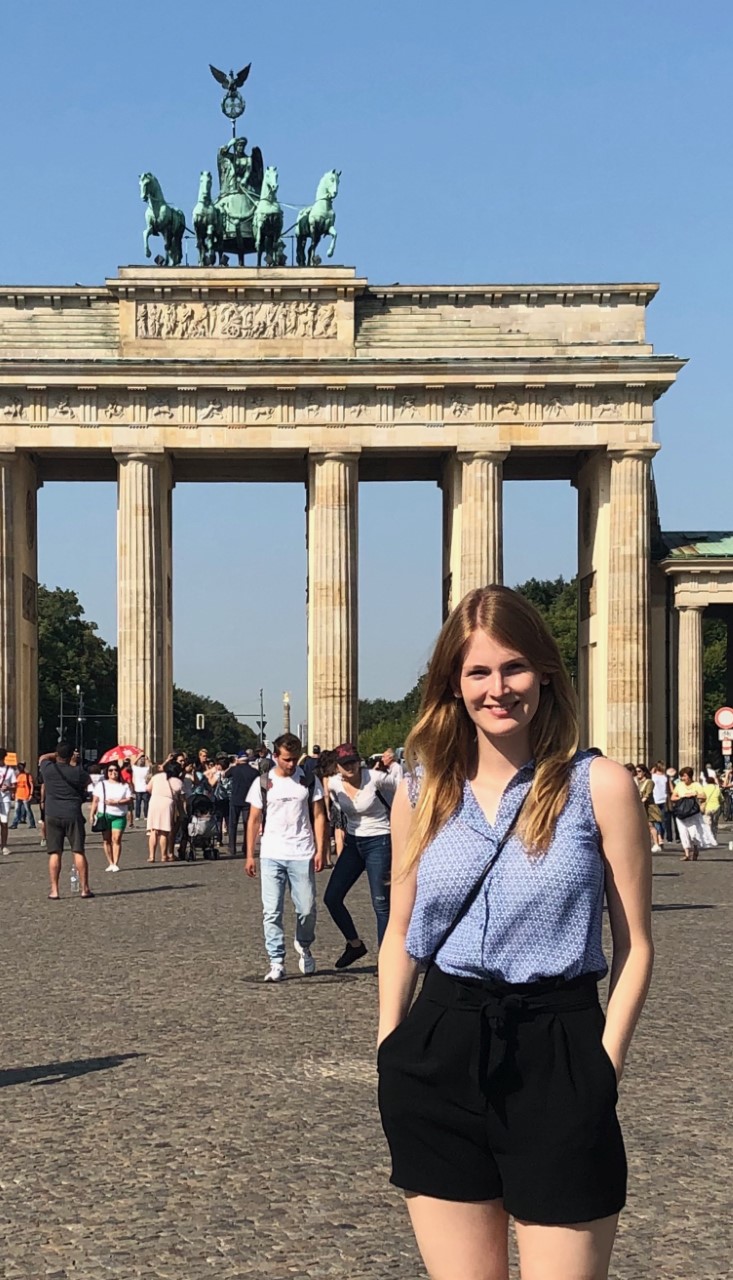
Deborah studied Geological Sciences/Geophysics at FU Berlin (2013-2018) focusing on magnetotellurics and rupture directivity of the 2014 Orkney earthquake. She started her PhD in October 2018 and will apply adjoint waveform tomography to the region of Southeast Asia on the large scale. Southeast Asia is poorly understood and we hope the nBOSS project will contribute towards a better understanding of the region’s structure and evolution.

Harry started his PhD in October 2018. His background is purely in geology.
Goals: I’m looking forward to learning more about seismology and working together with the group on the nBOSS project.